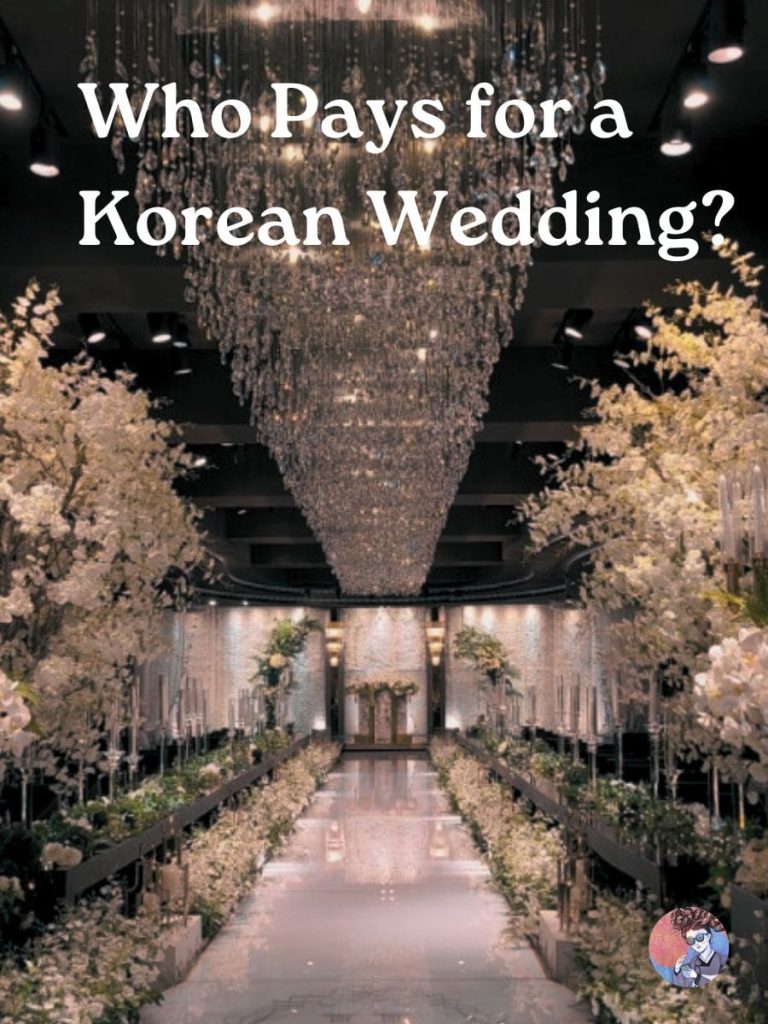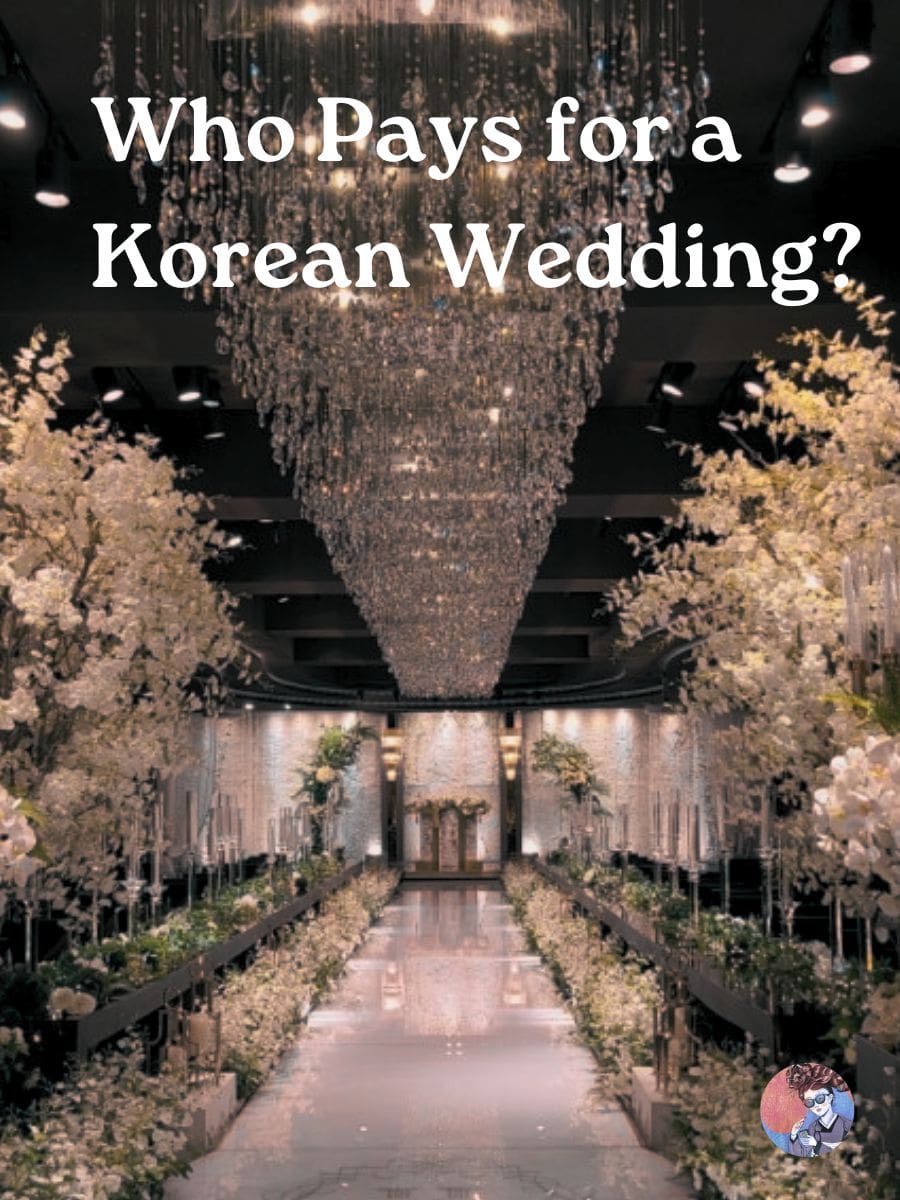
Curious to know, but afraid to ask who pays for a Korean wedding?
I’ll answer that now!
Quick Summary
- Korean couples or both families usually split wedding ceremony costs 50/50. Cash gifts (or congratulatory money) from guests are enough to offset the expenses.
- The groom’s family still contributes more to an apartment for the newlyweds, while the bride or her family furnishes it.
- Koreans still practice the tradition of yedan and yemul gift exchange.
Korean weddings may take only thirty minutes, but the ceremony itself costs around $15,000 to $72,000 depending on the wedding hall or hotel venue.
While the question of who pays for the wedding can vary depending on the couple and family, here’s a general idea of who pays what.
Traditionally
Traditionally, a Korean wedding is a family event, often resulting in both families sharing the expenses.
The groom’s family typically covers the cost of the house for the newlyweds, while the bride’s family pays for furniture and household items.
Nowadays
In modern society, the financial responsibilities of a wedding are often negotiated and divided between the two families.
Ceremony
The expenses for the wedding ceremony are usually shared by both families. This includes the venue and food.
The split can be 50/50 or adjusted based on each family’s financial situation.
The good news is that guests bring cash gifts (or congratulatory money) to weddings in South Korea, which is enough to offset the costs.
Congratulatory money is collected upon entering the venue in exchange for a meal ticket, then managed by the couple or their families.
Housing and Household Items
The groom’s family still contributes more to an apartment for the newlyweds. Buying a house is nearly impossible for a young couple without the help of parents as housing prices skyrocketed in South Korea.
Meanwhile, the bride or her family pays for furnishing (honsu), including furniture, appliances, and other household essentials.
Traditional Gifts Between Families
Yedan are the gifts given by the bride’s family to the groom’s family.
Traditional yedan includes silk blankets, tableware, and silver spoons.
Now, most people give cash with extra gifts like cosmetics, liquor, flowers, traditional desserts, and fruit baskets.
The average cash the bride’s family sends to the groom’s family is around $7,200 to $15,000. The groom’s family typically returns half or all, depending on how nice the future in-laws are.
Everything is packaged in beautiful silk.
Yemul are the gifts that the bride and groom exchange. The groom usually gets a luxury watch, and the bride gets a designer bag, ring, necklace, or other jewelry.
As part of yemul, paemul is a jewelry set, usually gold or diamond, given to the bride by the groom’s parents.
Couple’s Contributions
Korean couples contribute more to their wedding expenses, especially as more young people are financially independent.
This includes everything from covering part of the ceremony costs to paying for their honeymoon.
Conclusion
In summary, paying for a Korean wedding involves a blend of traditional and modern practices, with both families sharing financial responsibilities.
While traditions still play a big role, couples and their families often negotiate the specifics based on their financial situations and preferences.

